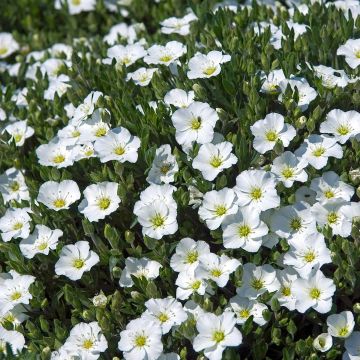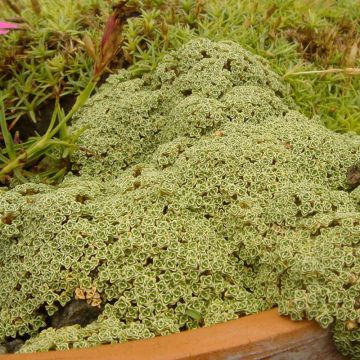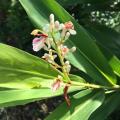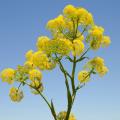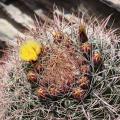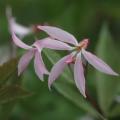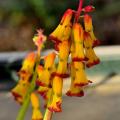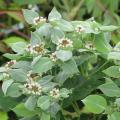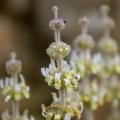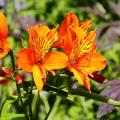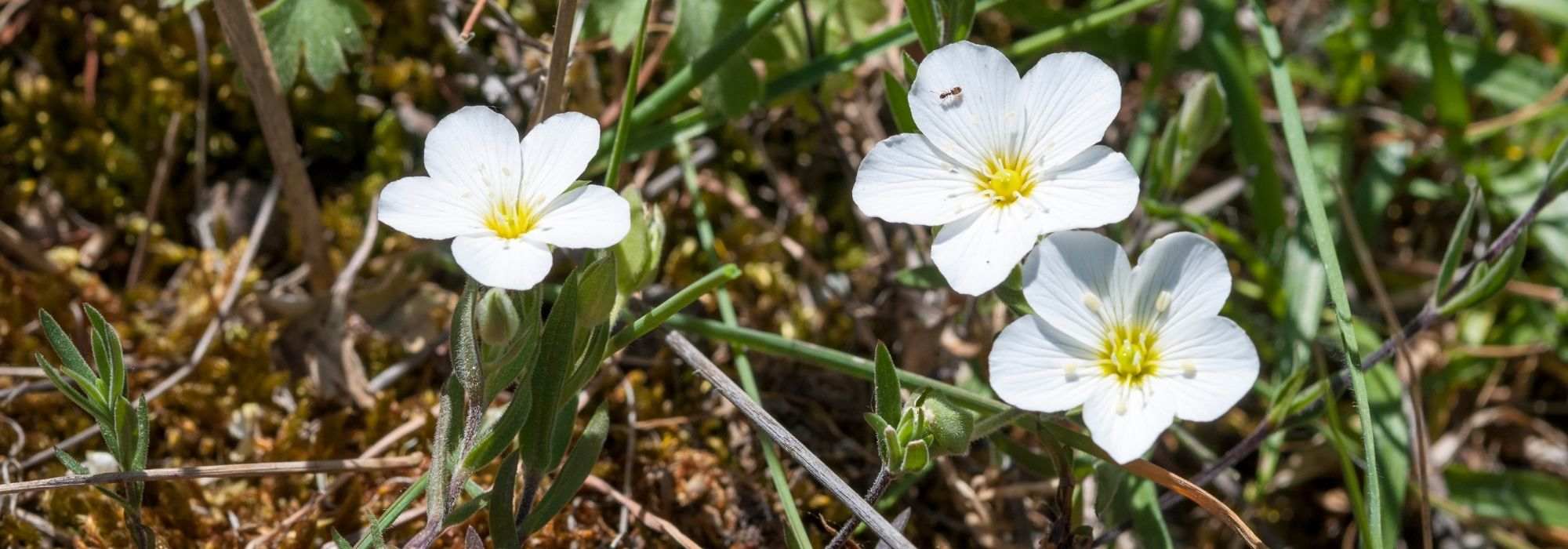Arenaria
Would this plant suit my garden? Set up your Plantfit profile →
Available in 2 sizes
Available in 1 sizes
Available in 1 sizes
Arenaria, also called sandworts, are perennial plants from the Caryophyllaceae family that includes carnations. The name Arenaria relates to their preference for highly permeable soil, as 'arena' can be translated as 'sand'. Four species are mainly used to adorn our gardens: the montane sandwort Arenaria montana, the silver sandwort Arenaria pungens, the Arenaria tetraquetra, and the Balearic sandwort Arenaria balearica. All of them are ground-covering plants that don't exceed 15 cm (6in) in height. Their very hardy stump produces stoloniferous and prostrate shoots at ground level, forming beautiful evergreen carpets in winter and abundant blooms in spring or summer depending on the species. The small five-petal flowers are generally white and highly prolific. Arenaria are montane plants at home in alpine rockeries, in the foreground of mixed borders, or at the base of dry stone walls, far from the competition of other plants. They grow in very well-drained soil but which must remain moist in depth, in sunny locations. Arid places and very hot climates do not suit them at all! In a cool rockery, sandwort will combine well with small perennials that prefer the same environment: campanulate varieties, perennial geraniums for rockeries, rock cress, aubrietas and alyssums for example.
Haven't found what you were looking for?





































